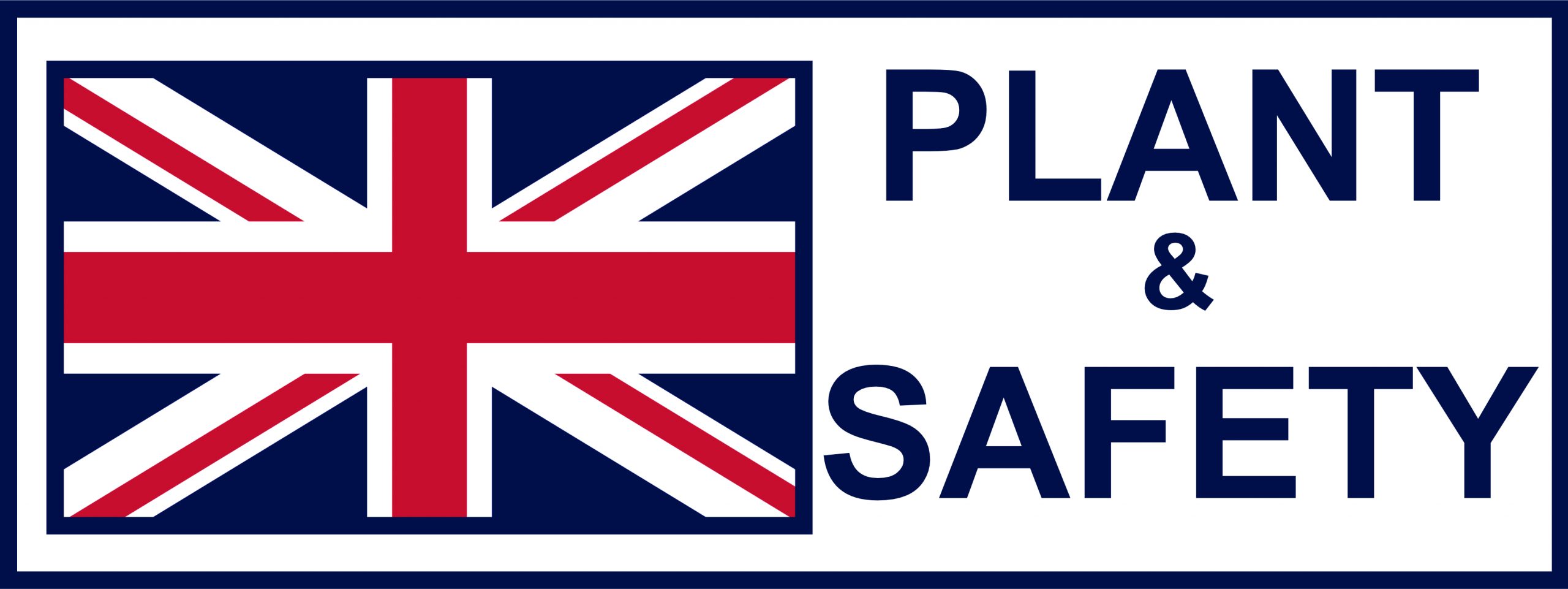A Local Exhaust Ventilation (LEV) system is one of your key defences against hazardous airborne contaminants. To keep workers safe and stay compliant with COSHH Regulation 9, your LEV must undergo a Thorough Examination and Test (TExT) at least every 14 months or more often for high-risk processes.
Proper preparation ahead of the inspection helps ensure the process runs smoothly, reduces downtime, and makes it easier to prove compliance during audits.
Understand What the TExT Involves
According to HSG258 – Controlling airborne contaminants at work, a TExT is a detailed, statutory inspection that confirms:
- The system is functioning as intended
- Airflow and capture performance meet design specifications
- Key components are free of damage, wear, or blockages
- Records and logbooks are up to date
Knowing what the examiner will look for helps you prepare in advance.
Step 1 - Gather Your Documentation
Having the right information ready will speed up the process and ensure accuracy.
How to prepare:
- The LEV logbook with daily/weekly/monthly checks recorded
- Design or commissioning data, including airflow benchmarks
- Previous TExT reports to compare performance over time
- Records of maintenance and repairs
These documents help the competent person evaluate whether your system still controls exposure effectively.
Step 2 – Carry Out Basic System Checks
Before the inspection, HSG258 recommends routine checks to ensure there are no obvious issues that could delay testing:
- Visually inspect hoods, ducts, and filters for signs of damage or blockage
- Check airflow indicators and pressure gauges for abnormal readings
- Listen for unusual noises or vibrations that could indicate faults
- Ensure the system is clean and accessible for testing
Step 3 – Plan for Access and Scheduling
Testing requires access to key parts of the LEV system. To prepare:
- Clear any obstructions around hoods, ducts, and fans
- Inform staff of the testing schedule to minimise disruption
- Allow enough time for the engineer to complete airflow and performance measurements safely
See how often your LEV system should be tested under HSE guidance →
Step 4 - Engage Your Team and Review Training
The TExT visit is a good time to refresh staff knowledge. HSE recommends:
- Reviewing the user checklist for daily/weekly checks
- Ensuring operators understand how to spot problems early
- Updating any training records to demonstrate competence
Step 5 – After the Test: Records and Action
Once the TExT is complete, you should receive:
- A written report of the examination and test
- Any recommendations for repairs, adjustments, or additional checks
- Clear evidence to file in your records, which must be kept for at least five years
Acting promptly on recommendations helps maintain compliance and keeps your workforce safe.
Downloadable Pre-Inspection Checklist

Got questions about COSHH or LEV inspection and testing? Visit our FAQ or simply fill out the form below and we’ll get back to you.
WHAT WE OFFER
How Plant & Safety Can Help
At Plant and Safety, we provide professional LEV Testing services carried out by BOHS P601 qualified engineers. We help ensure your systems are compliant, efficient, and fully documented.
Some of the things we can offer:
› Comprehensive LEV report and clear compliance guidance
› Secure inspection database with automated re-test reminders
› COSHH risk assessments
› Highly qualified, experienced engineers (BOHS P601)
› Operator training
All of our reports meet HSE and HSG258 standards.

How can we help?
To learn more or if you have any questions, please feel free to call or email us. You can also request a call back using our online form.
T: 0330 113 7920
E: sales@plantandsafety.co.uk
Useful Links
